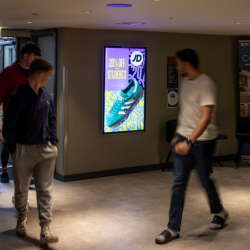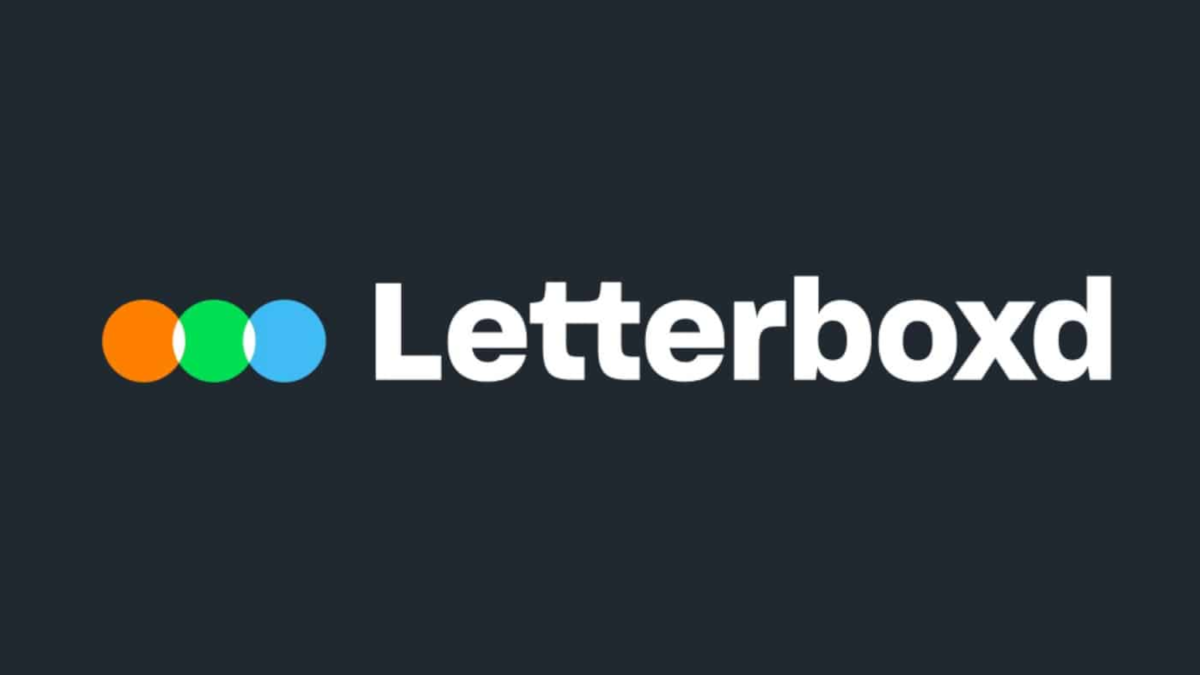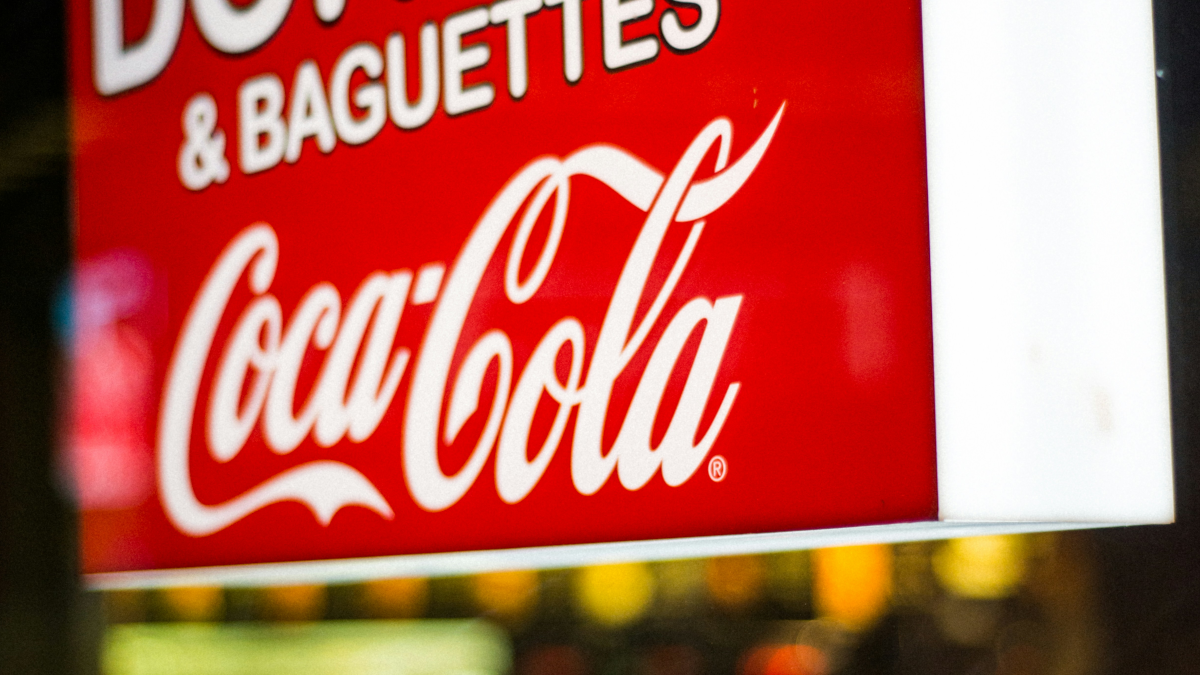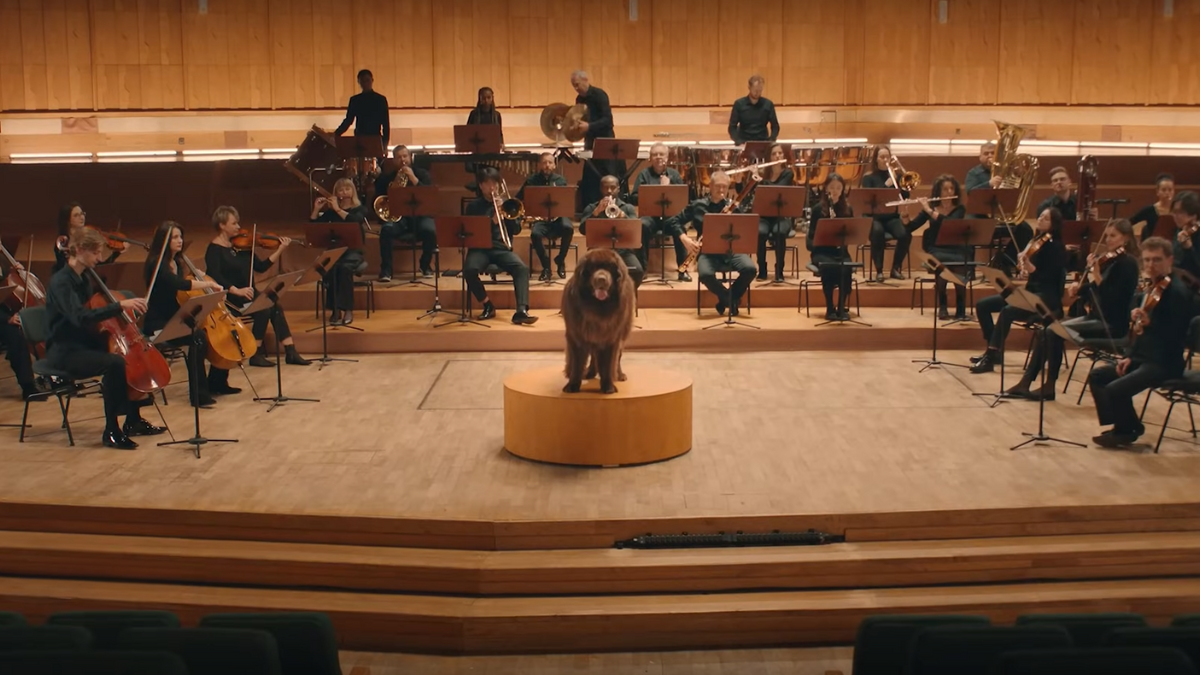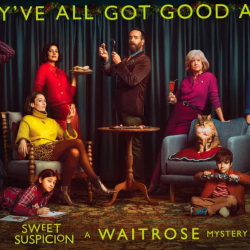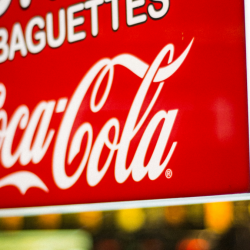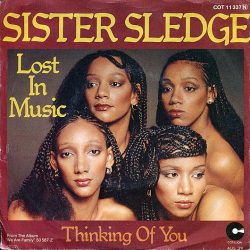The year is 2024. We live in a world flattened by algorithms…
Social media is no longer about finding people with similar interests and forming parasocial relationships. Instead, we scroll through endless algorithmically generated streams of ‘content’ based mainly on the last thing we interacted with. There’s no need to spend time developing taste or remembering track listings. We’ve got never-ending playlists based on your mood or what you usually listen to on a Tuesday morning.
We are no longer curators of our feeds, even if we want to be. We’re at the mercy of the For You page, the Explore tab, or whatever the YouTube app has decided we’re into today.
Subculture is dead, or so we keep hearing. But what if things could be different? What if we were able to make social media good again? Over the last couple of years, a quiet shift has been happening in the background. It’s no longer enough just to be fed content; people want to talk about it. Comments sections are not designed for this kind of interaction.
There are three main drivers of this behaviour shift
1. People crave community
When social media was in its infancy, the main focus was community. People weren’t hiring social media managers; they were hiring community managers. This was primarily because cultivating community was the only way to connect your brand with potential customers before paid social was a thing. Creating a community is much harder work, but building relationships is vital to sustainable social media.
Fast-forward to this year, and we’ve come full circle. Brands are once again beginning to see the longer-term value that community offers. You might remember last autumn’s ‘Dear algorithm’ trend on Threads. Data from a Threads report this July showed that, for the majority of respondents, connecting with others is the most important part of social media. These are clear signals that people want to connect with people who like the same stuff they do, and are not all that bothered by following creators.
2. Not everyone wants to make videos
Since TikTok became the one to watch, social platforms have shifted their focus to short-form video. Many people very much enjoy watching short-form video but don’t actually want to make videos themselves. Beyond the millennial pause, some people just aren’t comfortable being on camera.
With the demise of the platform formerly known as Twitter, text-based social users who didn’t want to navigate the complexities of the fediverse found themselves with nowhere to go. Enter Threads, Meta’s Twitter clone. The platform has just reached 180 million users, and last month it reported that 63% of all Threads posts are text-only. This is big news for a platform whose core users are Instagram people. Earlier this year, the OG video platform YouTube began testing ‘community spaces’, that would allow fans to interact with one another via text posts. And these are just the shifts we’re seeing on the massive networks. The really interesting stuff is happening on the smaller, newer, challenger networks.
3. Interests are back, baby!
There’s no denying that social media has shifted subculture, but did it really kill it? I would argue that things have become less rigid and flow into one another more easily. People still like punk, metal, and IDM, but it’s no longer weird to also like pop, non-ironically. #Booktok, the TikTok book community, currently boasts over 35 million videos and 289 billion views. We’re seeing this resurgence of interests manifest offline, too. Vinyl sales continue to rise, DVD sales are falling but 4K Blu-ray sales are on the up, and book sales are increasing too (often attributed to booktok). People are remembering the value of owning a movie, a record, or a book, and they want to nerd out with other people about what they love about it.
Reddit, a platform entirely built around joining interest-based subreddits, has seen phenomenal growth despite upsetting vast amounts of its user base. Movie cataloguing app Letterboxd has existed since 2010, but its user base in has increased from 2 to over 12 million over the last three years.
The rise of the human-led online third space
As we move further into the AI era, the value of human-created and curated social platforms continues to grow. People want authenticity and connection. What if social media could centre relationships and shared interests? How might that look? Alongside the resurgence of interest in older platforms like Letterboxd, we’ve seen a slew of newer, less algorithm-led ‘cosy social’ networks that have much more in common with the social media apps of the late 00s than today. The one thing that these networks have in common, they’re human-centred.
Instead of content recommended by algorithms, humans are responsible for recommendations. Social is shifting back to being a space to share the stuff you like, with other people who might also like it themselves. Is this a new era of curation over creation?
There’s Pi.Fyi, a social platform built to ‘bring back human curation’. And then we’re seeing new platforms like Sublime (experience a calmer, more human internet), the Gen Z MySpace inspired No Space, and Spread (the human recommendation engine), which uses ‘follow real people, and real people only’ as part of its pitch. While these examples are more general, this also happens with more specific verticals. Fable, for example, is a book and TV cataloguing app heavily focused on member-created book clubs, which also uses topical recommendations curated by readers and writers.
So what does this mean for the future of social?
We’re already seeing indications that the big platforms are recognising this shift in behaviour (Instagram announced, last month, that shareable content was once again the focus). But I’d expect to see more and more users joining smaller social networks with human-curated content, and an emphasis on interacting with other users. Which, really, is what social media promised us in the first place.
Featured image: Letterboxd film app







